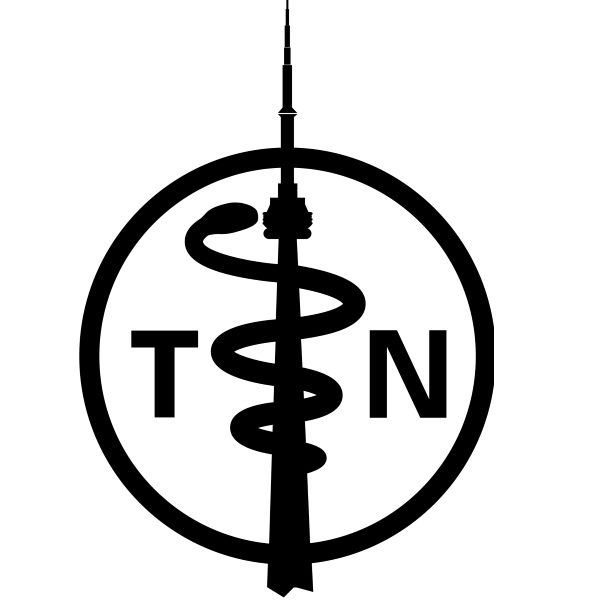Case 4 – Syncope
You are seeing Mrs. Diaz, a 68 year old female, who is in your office because she says she has recurrent episodes of ‘fainting.’ Take a focused history of her complaint.
History
Syncope
- Onset of syncope
- Timing of syncope
- Frequency
- Duration of syncopal episodes
- Activity surrounding syncope
- Changes in position before syncope
- Distinguishes if true syncope, i.e. full loss of consciousness
Pre-syncopal signs and symptoms
- Distinguishes syncope from dizziness and vertigo
- Chest pain before syncope
- Shortness of breath
- Palpitations
- Focal neurologic deficits (vision, numbness, weakness)
- Systemic neurologic deficits
Post-syncopal signs and symptoms
- Post-ictal confusion
- Incontinence
- Weakness
- Personal history of heart disease
- Personal history of seizure
- Cardiac risk factors
- Family history of heart disease, seizure disorders
